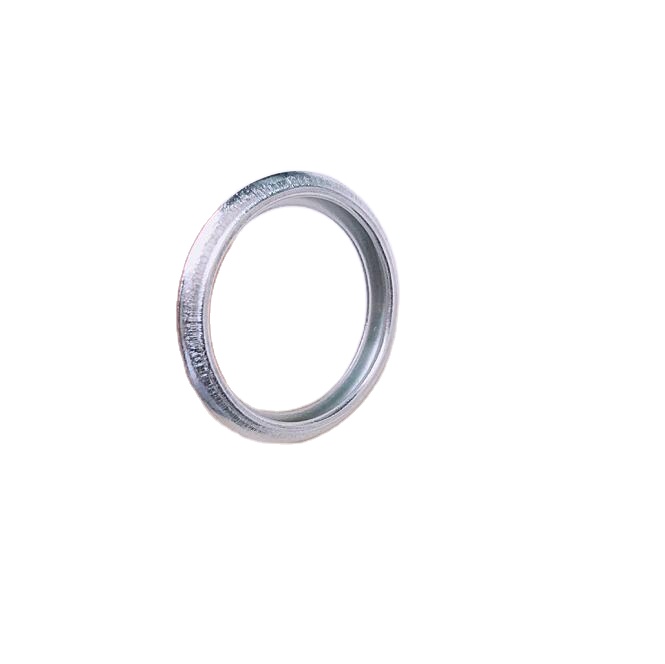Understanding the Importance of Manual Transmission Input Shaft Seal Maintenance
Understanding the Manual Transmission Input Shaft Seal
The manual transmission input shaft seal is a crucial component in ensuring the proper functioning and longevity of a vehicle's manual transmission system. This seal is designed to prevent transmission fluid from leaking out of the gearbox and to keep contaminants from entering the transmission. Understanding its function, construction, and maintenance can help vehicle owners maintain their manual transmission in peak condition.
Function of the Input Shaft Seal
The input shaft seal is positioned where the input shaft of the transmission penetrates the transmission housing. This shaft is responsible for transferring power from the engine to the transmission, allowing the vehicle to move. As the engine drives the input shaft, the seal must maintain a tight barrier against the fluid, which ensures that the transmission is adequately lubricated and operates smoothly.
Without this seal, transmission fluid could leak out, leading to low fluid levels. Low fluid can result in inadequate lubrication, causing abnormal wear on the transmission components and ultimately leading to transmission failure. Additionally, if dirt and debris were to enter through a compromised seal, it could further exacerbate wear and tear, compromising the transmission’s performance.
Construction of the Input Shaft Seal
The manual transmission input shaft seal is typically made from durable materials that can withstand extreme temperatures and pressures found within the transmission. Most common materials include rubber or elastomer compounds, which provide flexibility and durability. The design often incorporates a metal casing that helps maintain the seal's integrity during operation.
The shape and size of the seal are engineered to fit snugly against the input shaft while also providing a sufficient barrier against leaks. Proper installation is crucial, as a poorly installed seal can lead to premature failure and transmission issues.
Symptoms of a Failing Input Shaft Seal
manual transmission input shaft seal

Over time, the input shaft seal may wear out or become damaged, leading to various symptoms that indicate a problem. One of the first signs of a failing input shaft seal is a noticeable fluid leak underneath the vehicle. Transmission fluid is usually red or brown, and finding a puddle of this fluid can suggest that the seal needs to be replaced.
Additionally, drivers might experience slipping gears or difficulty in shifting, as low fluid levels can prevent the gears from engaging properly. Unusual noises, such as grinding or whining when the vehicle is in gear, can also hint at transmission issues related to fluid loss.
Maintenance and Replacement
Regular maintenance can prolong the life of the input shaft seal. Checking the transmission fluid levels and ensuring there are no leaks can help spot issues before they escalate. If a leak is detected, it’s essential to have the vehicle inspected promptly. Ignoring a failing seal can lead to more extensive and costly repairs.
Replacing an input shaft seal typically requires the vehicle to be lifted, allowing access to the transmission. Depending on the make and model of the vehicle, this process can vary in difficulty. It often involves removing the transmission from the vehicle or at least part of it to install the new seal properly.
For DIY enthusiasts, the replacement can be a rewarding task, but it requires a degree of mechanical knowledge as well as the right tools. For those who are unsure, seeking professional assistance is advised to ensure the job is done correctly.
Conclusion
The manual transmission input shaft seal may be a small component, but its significance in the overall functioning of a manual transmission system cannot be overstated. By understanding its function, recognizing the symptoms of a failing seal, and performing regular maintenance, vehicle owners can help ensure their manual transmission operates smoothly and efficiently. Taking these proactive steps will not only enhance the performance of the vehicle but also significantly extend its lifespan, ultimately saving time and money in the long run. Whether you choose to tackle the replacement yourself or seek professional help, staying informed about this critical component is essential for every manual transmission vehicle owner.
-
The Ultimate Guide to Car Repair Kits: Tools and Essentials Every Driver Should Own
News Aug.01,2025
-
The Complete Guide to Oil Pan Gaskets: Sealing Engine Leaks the Right Way
News Aug.01,2025
-
Preventing Oil Leaks: A Complete Guide to Oil Pan Gaskets and Drain Seals
News Aug.01,2025
-
Everything You Need to Know About Oil Pan Gaskets and Drain Plug Seals
News Aug.01,2025
-
Essential for Car Owners: How to Use a Car Repair Kit to Deal with Minor Breakdown
News Aug.01,2025
-
Comprehensive Guide to Engine Oil Sump Gaskets and Related Seals
News Aug.01,2025
-
The Ultimate Guide to Boat Propeller Bearings and Trailer Wheel Bearings
News Jul.31,2025
Products categories















